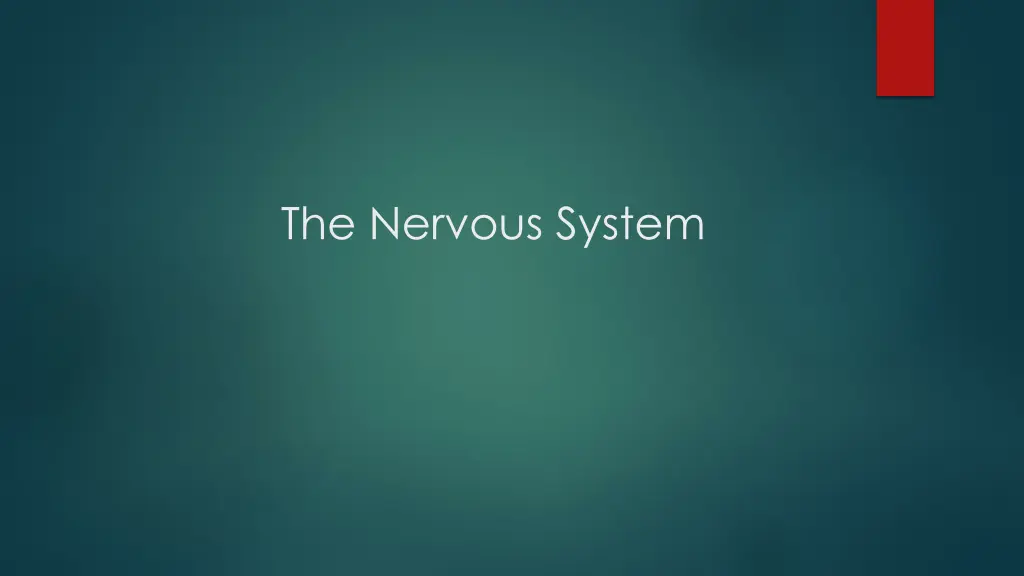
Understanding the Complex Human Nervous System
Explore the intricacies of the human nervous system, consisting of billions of neurons and glial cells, divided into the central and peripheral nervous systems. Learn about the structure and function of neurons, as well as the roles of different types of glial cells. Discover how the nervous system processes information, generates responses, and maintains homeostasis in the body. Delve into the classification of neurons based on function and structure, and understand the importance of glia cells in creating an optimal environment for neural activity.
Download Presentation

Please find below an Image/Link to download the presentation.
The content on the website is provided AS IS for your information and personal use only. It may not be sold, licensed, or shared on other websites without obtaining consent from the author. If you encounter any issues during the download, it is possible that the publisher has removed the file from their server.
You are allowed to download the files provided on this website for personal or commercial use, subject to the condition that they are used lawfully. All files are the property of their respective owners.
The content on the website is provided AS IS for your information and personal use only. It may not be sold, licensed, or shared on other websites without obtaining consent from the author.
E N D
Presentation Transcript
The Nervous System Human nervous system is the most complex histologically physiologically. Consists of: 1 A. A network of many billion nerve cells called neurons. Functions: Processing information and generating responses. B. Many more supporting glial cells. Nervous System Is divided into: Central nervous system consisting of brain and spinal cord. Peripheral nervous system composed of cranial spinal and peripheral nervous. Function: conducting impulses to and from (CNC). A. B. Note: Stimuli. Is environmental changes that neuron respond. - Nervous system stabilizes the intrinsic of the body , such as blood pressure O2 and CO2 PH' blood sugar and hormones within normal ranges.
The Nervous System 2 Neurons Are the functional units of C. N. S and P.N.S. It consisting of: Cell body (perikaryon). Dendrites: many elongated processes specialized to receive stimuli from environ. Axon: A single process socialized and generating and conducting nerve impulses to other cells. Terminal distal parts A. B. C. D.
The Nervous System 3 Neurons -Neurons can divided according to their function Motor( efferent ) neurons: control muscles and endocrine glands. Sensory( afferent) neurons: Involved in reception of sensory stimuli from the environment and within. Interneurons: Establish relationships among other neurons. A. B. C.
The Nervous System 4 Neurons -Neurons can divided according to their number of processes Multipolar neurons which have one axon and two or many dendrites. Bipolar with one dendrites and one axon. Unipolar which have a single process find in spinal ganglia. A. B. C.
The Nervous System 5 Glia cells Functions: furnish a micro environment ideal for neural activity. There are six types: Oligodendrocyte: For myelin production and electrical insulation Astrocyte: Structural support , repair and blood brain barrier. ependymal cells: Lining cavities of CNS. Microglia: Immune related activity. Schwann cells: Trophic interaction and allow myelination of axons. Satellite cells: Trophic supportive role. A. B. C. D. E. F.
Quiz 9 What are the main sense organs in human? What are the most important histological diseases in nervous system tissues. . : ali.s.moalif@mustaqbal-college.edu.iq






















